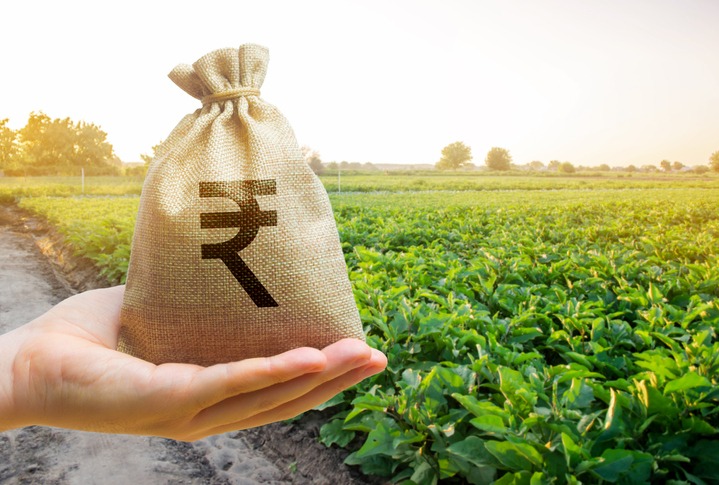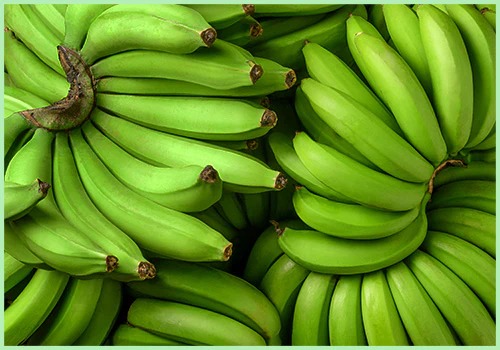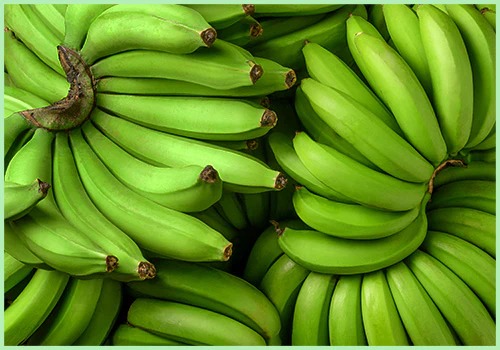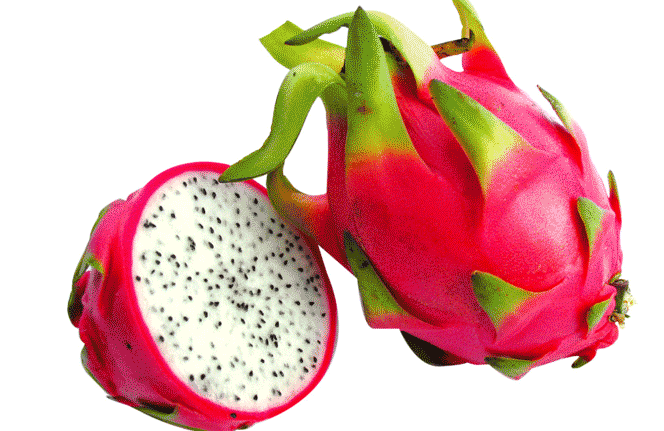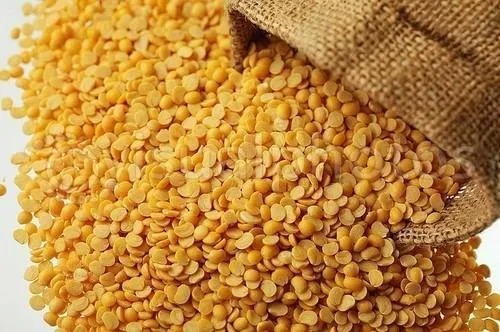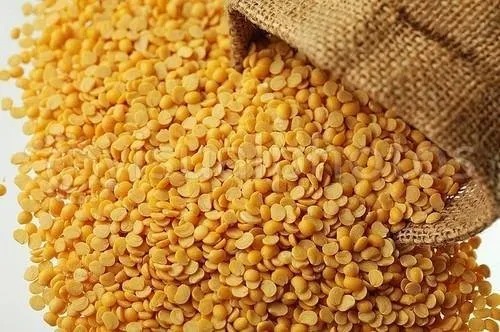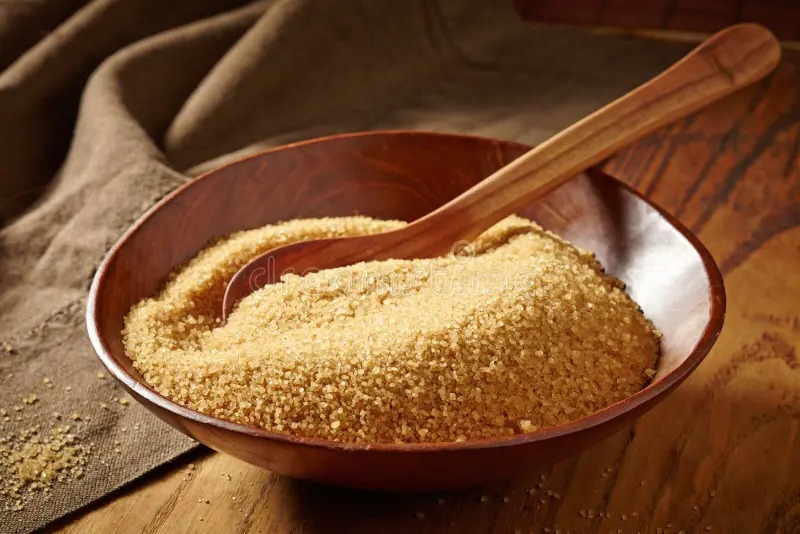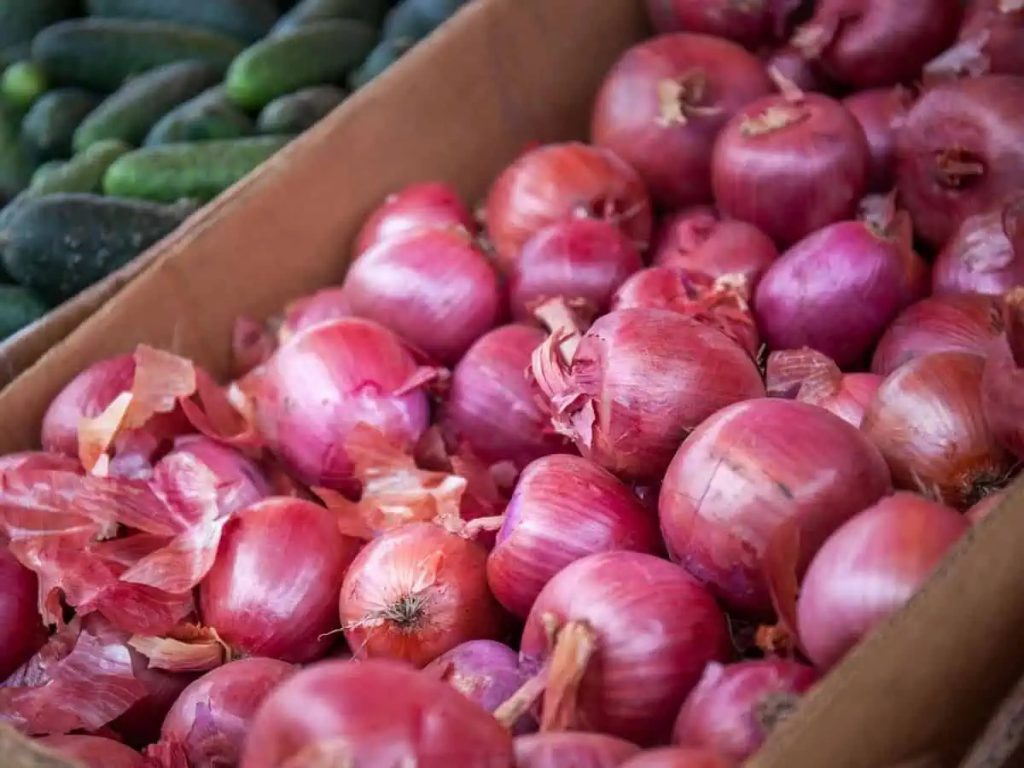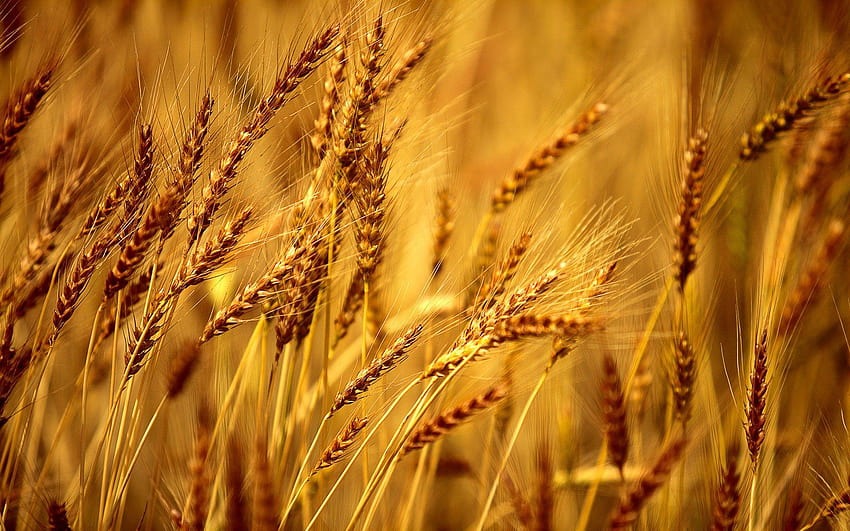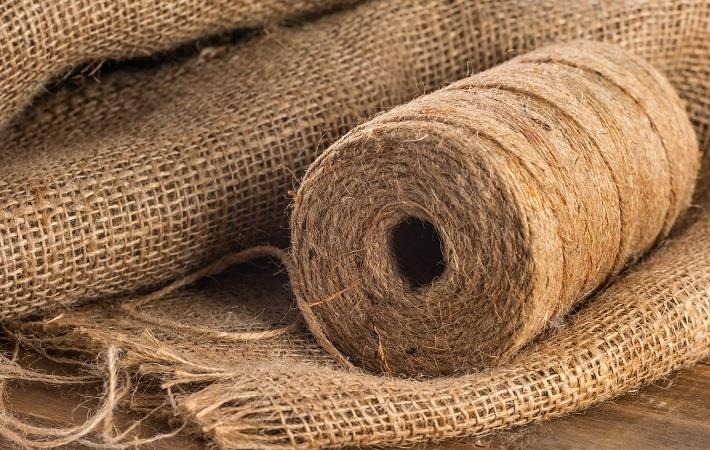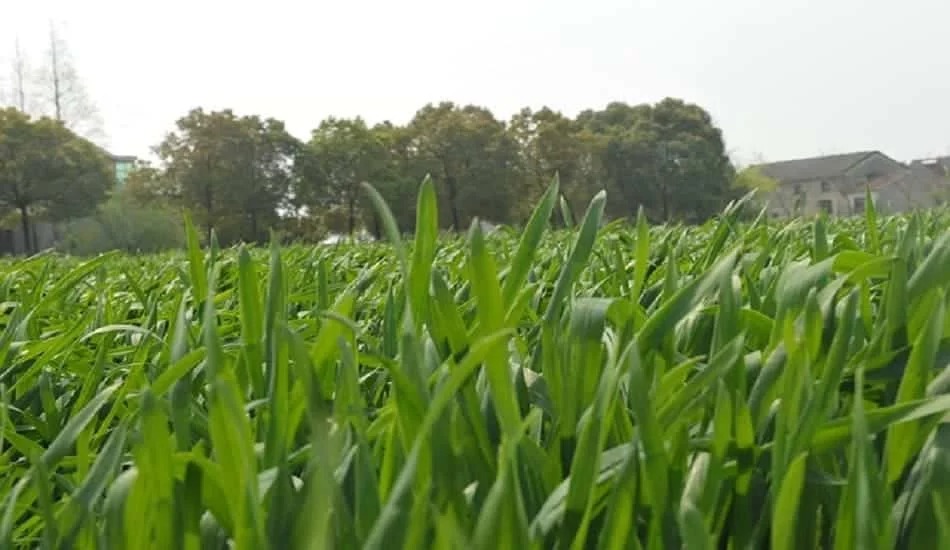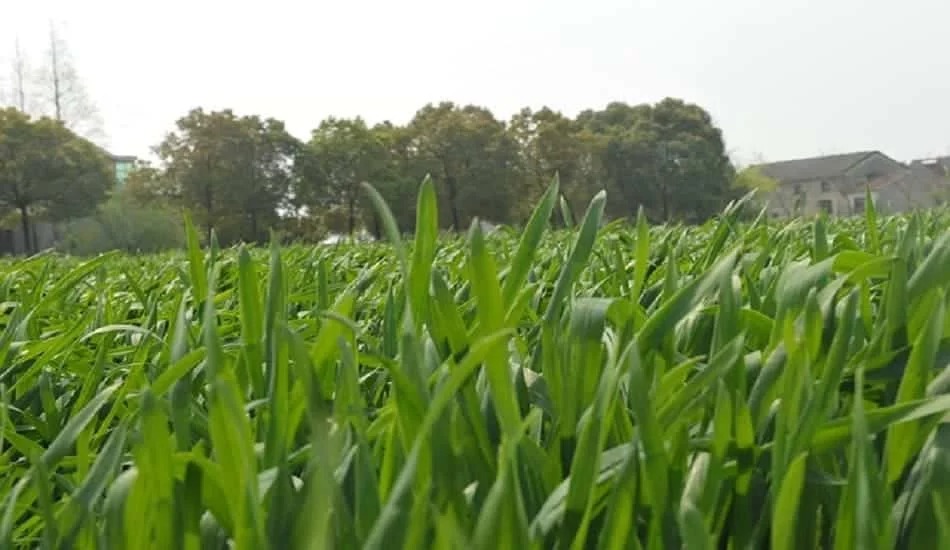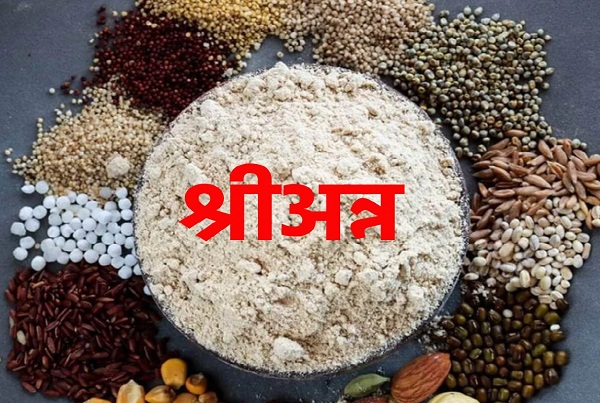The overall budgetary allocation for the agriculture ministry was increased to an estimated Rs 1.25 lakh crore for FY24 financial year, including Rs 60,000 crore for the government’s ambitious PM-KISAN scheme.
Technological Push: Budget 2023 was largely along the lines expected by industry players. The emphasis on technology adoption in agriculture was announced at the right time, with the creation of Centres of Excellence for Artificial Intelligence.

Agri Credit: The proposed increase in the agricultural credit target to Rs 20 lakh crore was a welcome step for the farm sector. The proposal to decentralise storage was said to go a long way in controlling post-harvest losses and be an enabler and catalyst in increasing farmers’ returns, especially when coupled with Operation Greens to promote farmer producers organisations, agri-logistics, processing facilities, and professional management, and eNWR (electronic negotiable warehouse receipts).
Agriculture Accelerator Fund: The setting up of an Agriculture Accelerator Fund, aimed at encouraging startups by young entrepreneurs in rural areas, was another remarkable step for the farm sector.
Digital Public Infrastructure for Agriculture: The plan to build digital public infrastructure for agriculture as an open source, open standard and interoperable public good was a notable step. This was a game-changer that enabled inclusive, farmer-centric solutions through relevant information services for crop planning and health, improved access to farm inputs, credit, and insurance.
Lack of tax incentives: Much-needed tax incentives to encourage investments by agri-tech players in new-age technology applications such as Internet of Things, artificial intelligence, machine learning, and blockchain were missing in the budget. The budget should have considered offering tax benefits to the agri-NBFC sector, which would have helped the sector to flourish and help the government achieve its goal of doubling farmer incomes. It is expected that the finance ministry will consider this proposal subsequently.
Lack of GST exclusion in storage space: The exclusion of goods and services tax on lease rentals that go as inputs to agri warehousing services was expected in this budget because it becomes a cost to service providers which gets passed on to consumers. Industry players had been advocating for this for a long time and hope the finance ministry will consider this proposal on a priority basis.
Visit us – https://shorturl.at/hwKO3

